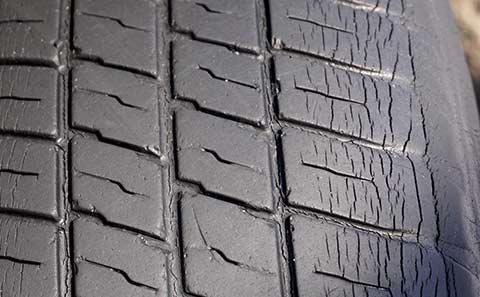Learning how to prevent excessive wear on your tires will greatly improve their service life. Irregular or excessive toe wear patterns appearing on your tires can significantly shorten their usability. It ruins the tire’s traction and performance and results in a dangerous drive.
So, what can owners do to protect their car’s tires?
Actually, there are a number of actions we can take to reduce tire wear. Keep your tires and vehicle safe by following a few suggestions.
Ways to Prevent Excessive Wear on Tires:
Irregular tread wear can appear on the tire tread for multiple reasons. It is important to recognize the problem and to fix it as soon as possible.
However, what can we do to prevent accelerated and uneven tire wear?
There are different things we need to keep in mind when talking about tread wear. Yet, most of these aspects, while they might not seem crucial, will help greatly lengthen the tire’s service life.
Check the Tire Pressure Levels
The tire pressure recommendations can be found on the tire’s sidewall and the vehicle’s driver’s door. This is the air pressure that is in the tire, which makes its performance possible.
But, what happens when you are driving under or over-inflated tires?
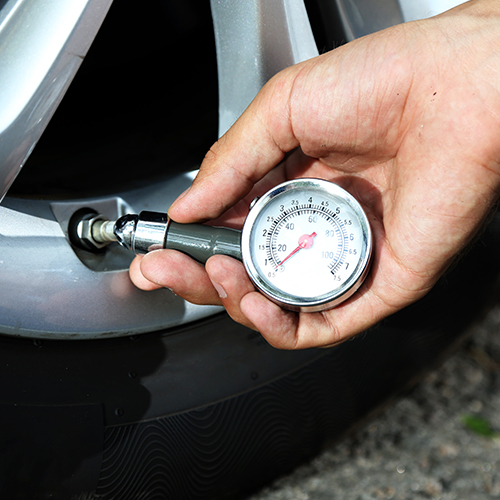
Simply put, the tire’s footprint will not be fully in contact with the road surface. An underinflated tire will run on its shoulders, resulting in excessive shoulder tread wear. On the other hand, over-inflated tires will use their center tread area, which will create uneven wear.
So, keeping the tires properly inflated will make them wear evenly.
Correct Wheel Alignment
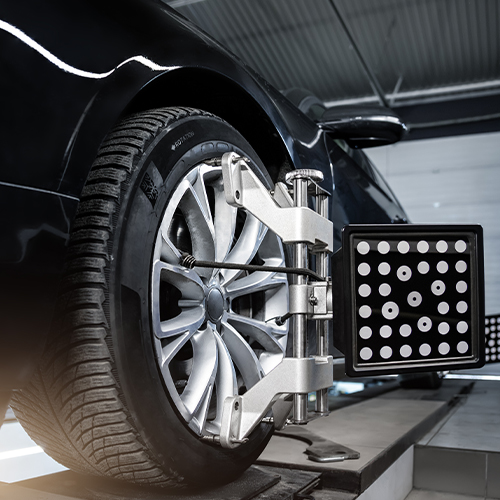
Improper alignment of the wheels is another major player in why tires are wearing irregularly. They cause the vehicle to pull to one side or the other, placing more pressure onto that side of the tire’s tread.
Ensuring the wheel alignment is correct will allow the driving pressure to evenly circulate across the tire tread. This equal distribution will significantly resist irregular tire wear. It also helps to reduce tire wear rate of the footprint.
It is important to note, that incorrect wheel alignment increases the risk of accidents, as it ruing the vehicle’s controllability.
Rotate Your Tires
Having the tires rotated every 5,000 miles will also combat uneven wear. Tire rotation basically means that the tires are moved from one position to another.
Usually, the rear tires are switched with the front tires. This is because front tires face more pressure, causing their tread wear to be more excessive.
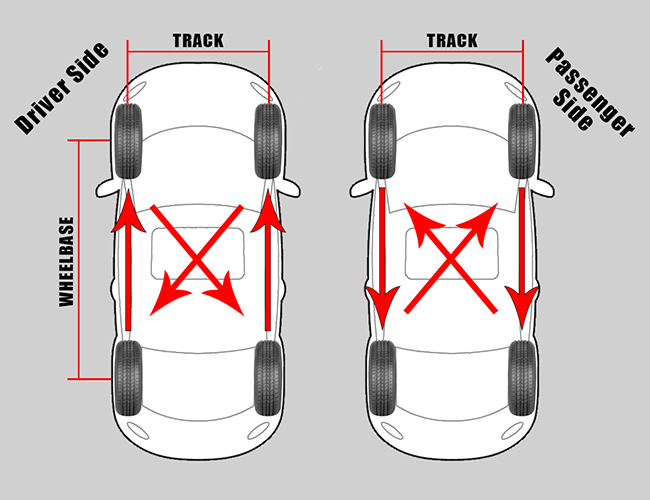
So, if you do not wish to purchase new tires before the time comes, consider rotating your tires when needed. Read more about why tire rotation is crucial.
Adjust Driving Habits
The tire’s wear condition greatly depends on your driving habits as well. While most drivers do not consider their rough driving to be dangerous, it can easily damage the tire tread.
The tire performance relies on its tread blocks and its overall pattern. However, the habits of many drivers cause accelerated and uneven tread wear to appear on the footprint. Not only does this have an effect on the tires, but the car as well.
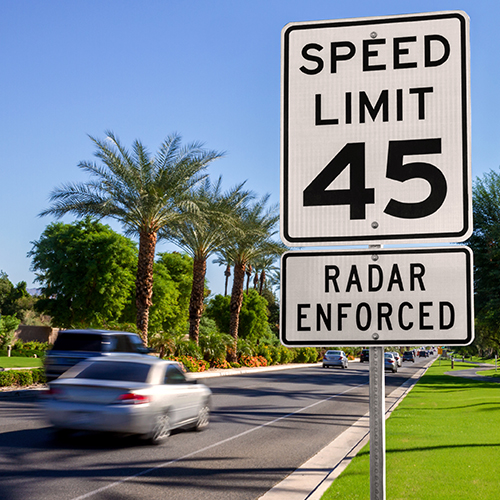
Additionally, aggressive acceleration, braking, and cornering will place unnecessary driving pressure on the tire. This will result in uneven and premature tire wear and tread damage, such as scuffing or chipping.
Harsh or reckless driving can damage the various vehicle parts, which will create unsafe driving conditions in the long run. Slow down a bit and your car and tires will thank you.
Don’t Skip the Needed Maintenance
Vehicle maintenance does not end with properly inflated tires and correct wheel alignment. While the tires and wheels are important, different vehicle parts still need regular checkups too.
Do not forget about the suspension systems, the shock absorbers, struts, etc. When these parts are worn you are more likely to lose control of the car. Not only is this dangerous, but it will also impact the tire’s service life.
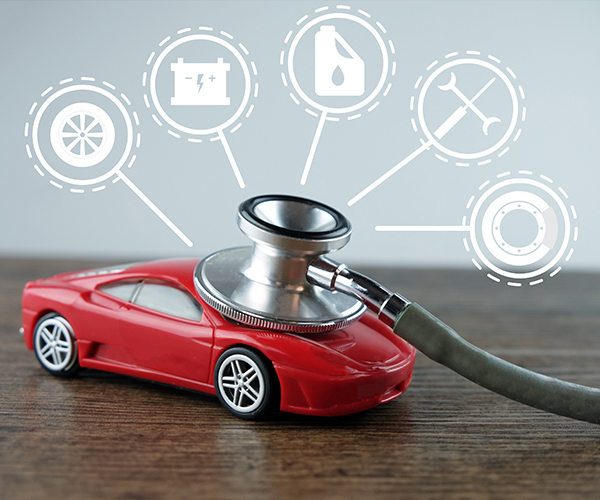
Moreover, damaged or worn vehicle parts will also affect the gas mileage. It increases the fuel consumption and CO2 emissions of the vehicle, leaving its mark on your wallet.
Inspect Your Tires Regularly (Tire Wear)
Reduce tire wear by inspecting the tread area often. When there is too little tire tread left on the tires, they should not be used.
The tread area with the tread blocks and groove pattern needs to create as much contact with the road surface as possible. However, when the tread life is nearing its end, the tires will no longer offer the needed traction.
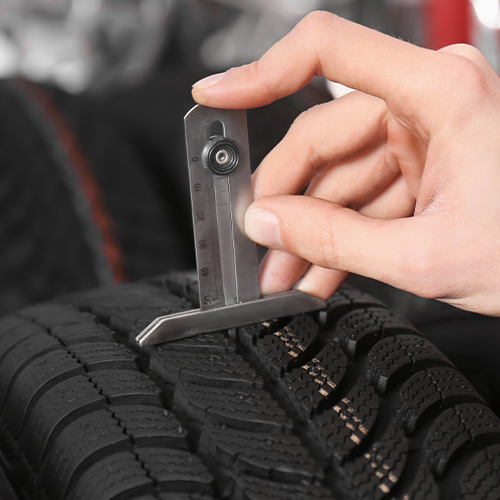
Also, if your four tires show any signs of irregular wear, have your wheels balanced. Uneven tread can still be corrected in the early stages. So, if you notice any issues, contact your mechanic.
Load and Speed Durability
Tires are marked with speed and load ratings. These represent the maximum mph and lbs durability of a single tire.
These ratings exist for a reason. While it might be tempting to push the gas pedal or to pack a bit more into the car, do not do it. When tires carry extra load, they are at risk of a blowout.
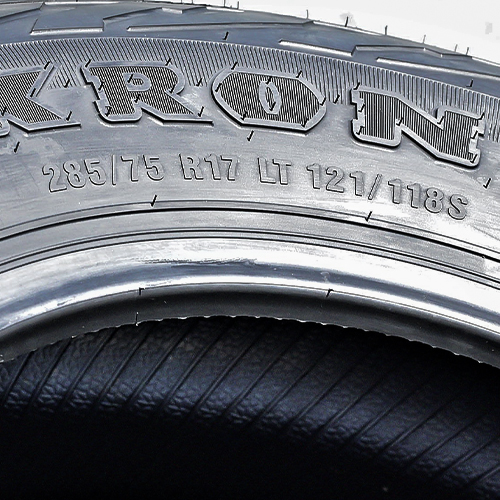
Yet, even if the tire does not explore (which is what a tire blowout is), the possibility of damage still exists. So, it is important to get tires with load and speed ratings that match your vehicle. Do not mount an SUV tire set on a light truck, or vice versa.


